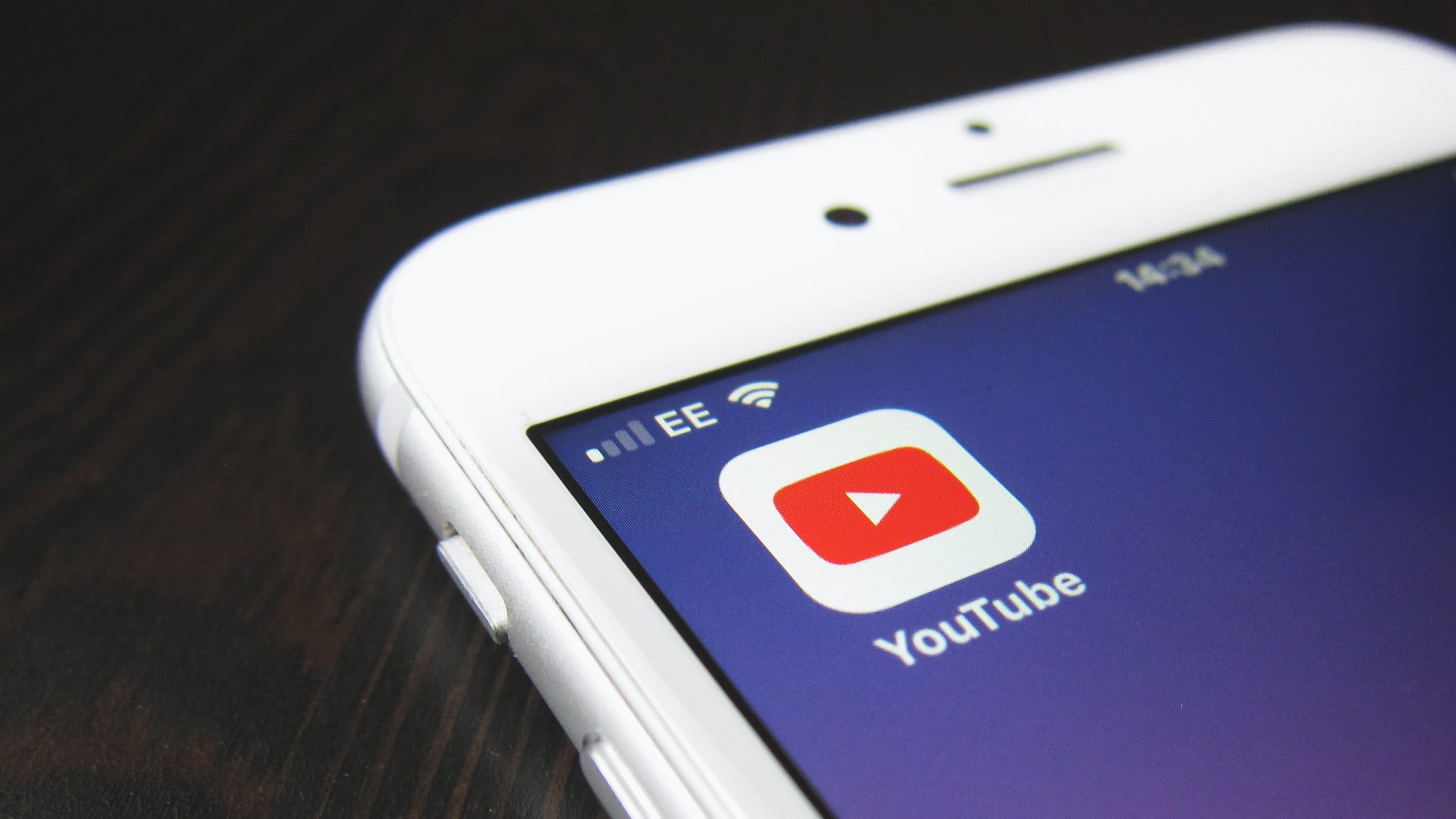Google wants to discourage people from cross-posting YouTube shorts to TikTok by automatically adding a watermark to their downloaded videos.

- What’s happening? Google has announced that it will add a watermark when exporting YouTube shorts to discourage you from cross-posting to TikTok.
- Why care? This should help avoid situations where the same video can be found across multiple social networks but without crediting the original source.
- What to do? If you’re a creator, you can either cross-post your YouTube shorts with a watermark or avoid using YouTube Studio to edit these things.
YouTube watermarking shorts to discourage reposting to TikTok
It’s not just Instagram mindlessly copying TikTok at every corner—Google is now starting to feel insecure, too. The issue at stake: Cross-posting YouTube shorts to TikTok and other rival social networks without crediting YouTube as the source.
Many folks use YouTube Studio to create and edit shorts. Typically, reposting a video elsewhere involves downloading the video file to your device to share it on another social network. Read: How to live stream to YouTube from Apple devices
But now Google will start to automatically add a watermark to any video exported from YouTube Studio to ensure the footage is appropriately credited. This was confirmed by YouTube’s community manager in a thread on the YouTube forums.
If you’re a creator who downloads your shorts from YouTube Studio to share across other platforms, you’ll now find a watermark added to your downloaded content. We’ve added a watermark to the shorts you download so your viewers can see that the content you’re sharing across platforms can be found on YouTube Shorts. This is rolling out over the next few weeks on desktop, and we plan to expand to mobile over the coming months.
Creators who don’t like having their videos watermarked may resort to tricks to avoid this, but this is going to be additional work and may not be worth it.
How you should cross-post on social networks
The obvious choice would be to not use YouTube’s video creation tools for creating shorts in the first place. Instead, put together a short locally on your computer, using video-editing apps such as Adobe Premiere or Final Cut Pro.
You can then simply upload the resulting file to as many services as you like without issues. You could even add an appropriate service watermark to each upload.
TikTok does a similar thing when you try to download a clip before re-sharing it on a separate service. The app watermarks any exported clips with its red and blue watermark and the creator’s handle. TikTok one-ups YouTube here because it doesn’t just stick a watermark in a video corner, which can be easily cropped out.
Instead, a watermark on an exported tiktok bounces around the screen.
Just don’t make your TikToks on Instagram Reels
Instagram also doesn’t want reels reposted elsewhere. As Meta recently warned, its algorithm will downrank any piece of video content which shows a watermark from another app. But Instagram is taking this one step further by stopping TikTok creators from using Instagram’s tools to edit videos.
As The Verge reports, many TikTok creators prefer Instagram’s editing tools and filters over TikTok’s offering. Up until recently, you could export your footage created on Instagram Reels and use it in another app.
But now when you try to do that, you’ll now get a silent video. This forces you to first post a clip on Instagram, which will save the sound. Only then can you repost your reel on TikTok. Read: How to download Instagram reels without watermark for free